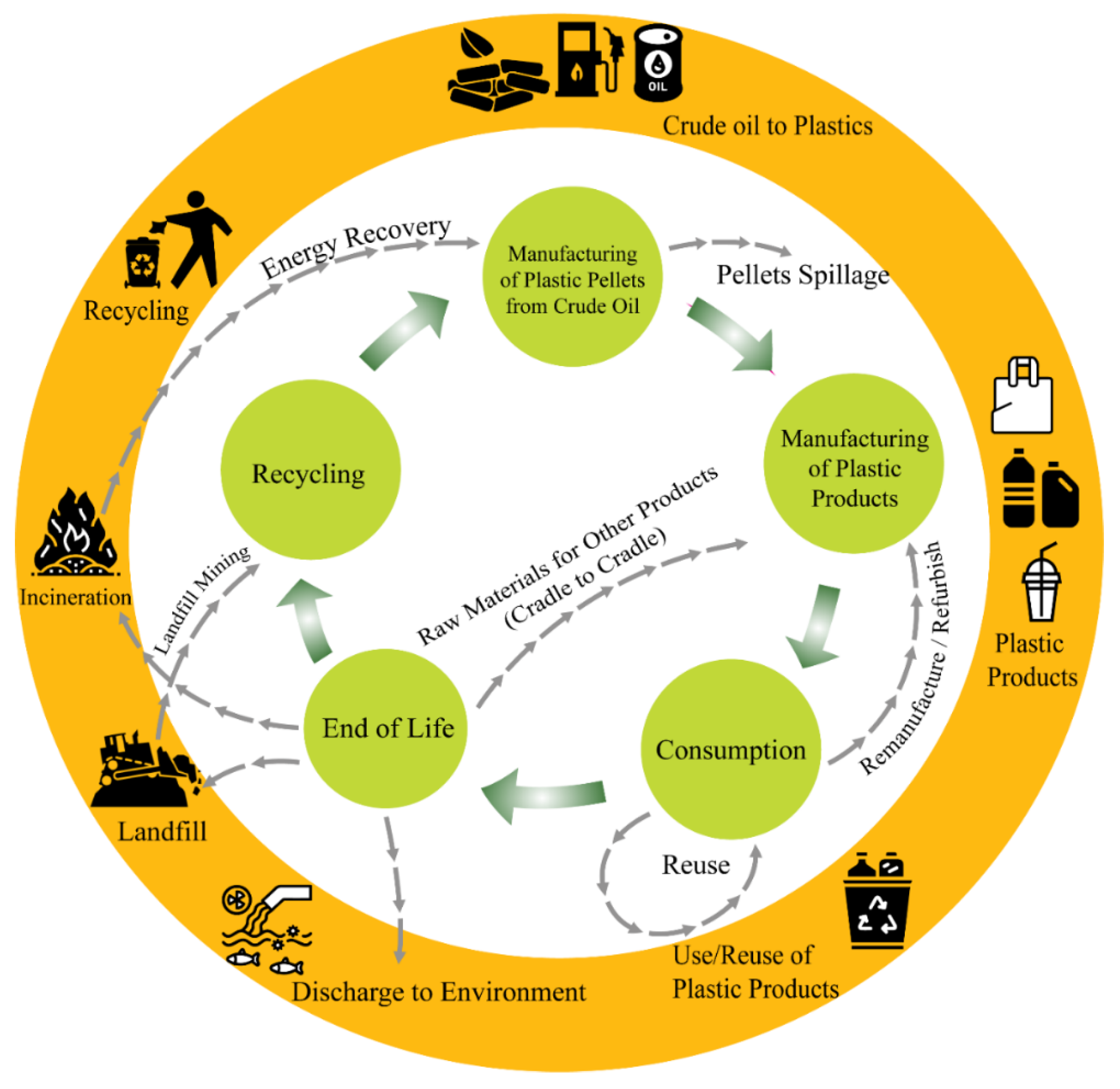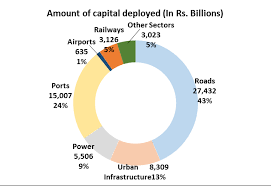Courtsey: 5 Innovations In Plastic Recycling You May Not Know About

Have you ever tossed your Starbucks cup into a recycling bin and paused to think “was that for paper or plastic? Or both? And if I threw something in the wrong container, what happens later on when it’s recycled?” Soon your mind is filled with images of a burning recycling facility, klaxons blaring, as the city is evacuated all because of the catastrophe you’ve caused by putting a plastic lid in the paper bin. Maybe your imagination is a bit too vivid, but sorting garbage for recycling is indeed a major problem that takes an entire industry to solve. A piece of plastic may be covered in dirt, ripped up, intermingled with paper or metal… it’s an engineer’s nightmare. Thus far only humans have had the intelligence and dexterity to tell the difference between a solid plastic bathroom divider and the aluminum bracket bolted to its surface. However, humans are less known for their patience and are prone to quitting tedious and unglamorous jobs like garbage sorting. In an ideal world, robotic arms would be positioned over recycling facility conveyor belts that effortlessly identify different types of materials, no matter how irregular, dirty and mangled they are, and proceed to sort them to their corresponding bins with a perfectly competent mechanical hand. While this scene sounds like something out of The Jetsons, it is fast becoming a reality. And it’s being accomplished with none other than (buzzword alert) artificial intelligence. Yes, AI is the perfect solution for garbage recycling due to the highly irregular and unpredictable nature of garbage. A sensor may only be able to identify a material’s composition, but AI can identify its composition and configuration in varying circumstances using deep-learning algorithms that go far beyond simple if > then logic.
Plastic-munching Bacterial Species
Believe it or not, there are several different bacterial species that have been observed to eat non-degradable plastic and turn it into polyhydroxyalkanoate (or PHA). PHA is a polyester that is biodegradable. But before you get too excited about most of your dad’s neckties being biodegradable, keep this in mind: the bacteria are limited in how much it can produce PHA up to a certain percentage of its cell weight. For gram-negative strains, this could be up to 80% of the cell’s dry weight. But this would require an added process to eliminate endotoxins present in the outer membrane of these strains. Alternatively, gram-positive strains could be used to the same effect without the problem of endotoxins but with the tradeoff of a lower rate of PHA production. Some scientists are working on developing genetically engineered bacteria strains that offer no compromises. Either way, when the time comes that you enjoy some finely crafted Taco Bell with a spork made completely of bacterial waste products, you’ll be able to appreciate how much research went into these innovations in plastic recycling.
Depolymerization
Many people still don’t know that plastic originates from oil. But if plastic comes from petroleum, what’s to stop the process from being put in reverse? It turns out it’s already happening. A company aptly named “Recycling Technologies” is utilizing a chemical process called thermal cracking to do so. Thermal cracking is typically part of the oil refining process, but Recycling Technologies is using it to break plastic back down into a material they call “Plaxx” which can be used for heavy oil products or remade into other plastics. While it isn’t exactly the same as petroleum, the good news is that it seems to be even better. It’s still under testing, but if successful it could potentially be used to power vehicles like heavy tankers. With one Recycling Technologies machine capable of processing 7000 tons of plastics per year, the potential to catch up with the world’s enormous production of plastic waste is no longer completely out of sight.
Micro emulsion
Mixed materials present a notoriously difficult problem for recyclers. They are composed of multiple types of materials (eg cardboard and aluminum foil) that can’t be recycled unless they are separated. Think items like the box cartons that you might see soy milk or soup in. It is largely cardboard but also contains plastic or aluminum foil components utilized for water-tightness and safety sealing that must be separated out before recycling. How can this be done in an effective way? That’s where micro emulsion can come in. Micro emulsion has been defined as “a system of water, oil and an amphiphile which is a single optically isotropic and thermodynamically stable liquid solution” (Danielsson, I.; Lindman, B. Colloids Surf.) One of the practical values of these systems is the ability of a micro emulsion phase to exhibit an ultralow interfacial tension that provides for mobilization of separate oil or aqueous phases from solid ones even in suboptimal flow and pressure conditions. Thus micro emulsions can be used in conditions where high shear stress cannot easily be applied, such as when attempting to mobilize crude oil from porous rock. A company named Saperatec is attempting to use this technology for recycling materials like lithium-ion batteries, LCD panels, plastics composites and more. Using these substances to separate materials at the molecular level can make otherwise landfill-bound materials recyclable.
Triggerable Smart Polymer Material Systems
Much like micro emulsion, one of the purposes of “smart polymers” is to make materials and textiles with plastic coatings or elements more effectively recyclable. However, this method approaches the problem from an even more fundamental standpoint – by enhancing the material itself from the outset in such a way as to make it triggerable by a designated means instead of adapting the processing mechanism to an existing material type. The type of trigger can come in the form of various means, including chemical, heat, microwave, the intensity of light or even humidity. A company called Devan Chemicals has partnered with the EU to investigate the feasibility of this approach for creating more recyclable materials and is targeting up to a 75% decrease in landfill-bound materials that are presently considered difficult or impossible to recycle. If this is achieved, it may have the added benefit of creating a new market for processing and wholesaling these products.
Conclusions
We all heard the statistics on landfill waste and recycling: That if you stacked up all of the plastic bottles in landfills they would go past the moon. That we are on our way to having more pounds of plastic in the ocean than pounds of fish. That there are more plastic solo cups off the coast of New Jersey than there are atoms in the known universe. But where are the positive statistics? Fortunately, some of these new innovations in plastic recycling (along with many that aren’t listed here) are on the cusp of producing some very positive numbers. And that’s a good thing because thus far plastic has proven to be quite useful in technological development. If researchers can make recycling processes like these more efficient then it won’t be too long before we can enjoy more of the benefits without the downsides.





